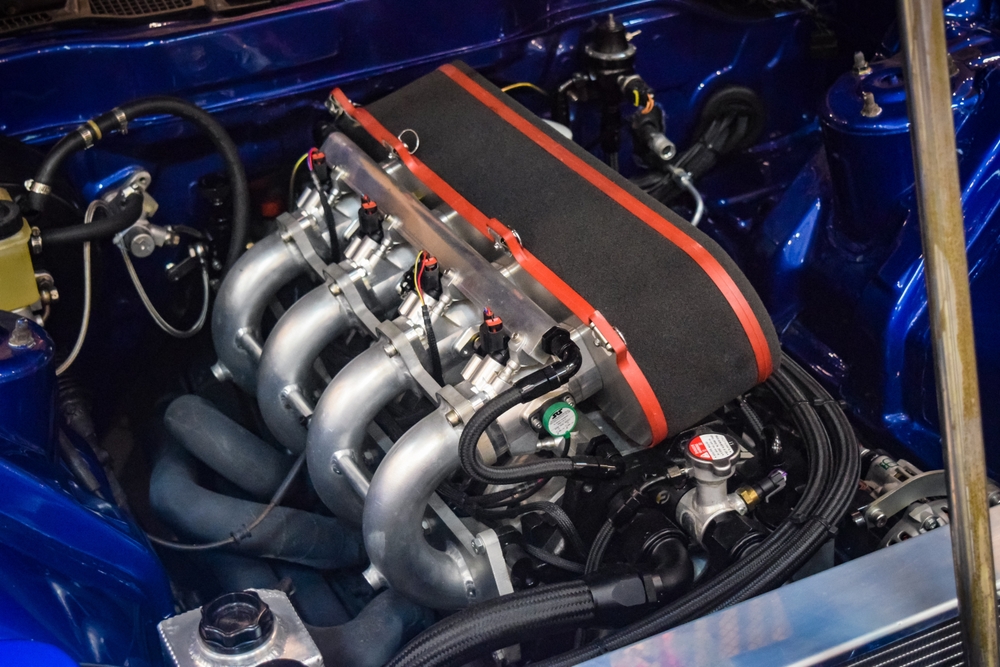Holographic Opera: Revolutionizing the Classical Art Form
The fusion of centuries-old operatic traditions with cutting-edge holographic technology is ushering in a new era for the performing arts. This groundbreaking approach to staging and experiencing opera is captivating audiences worldwide, blending the timeless beauty of classical music with the immersive potential of digital innovation. As holographic opera takes center stage, it's reshaping perceptions of what's possible in live performance and opening up exciting new avenues for artistic expression.

The first full-scale holographic opera debuted in 2018 at the Teatro Real in Madrid. This groundbreaking production of Wagner’s Der Ring des Nibelungen utilized state-of-the-art holographic projections to create stunning, ethereal landscapes and mythical creatures that seemed to float above and around the physical stage. The success of this production sparked a wave of interest and investment in holographic opera technology, leading to rapid advancements in both the hardware and software used to create these immersive experiences.
Transforming the Operatic Experience
Holographic opera represents a paradigm shift in how audiences engage with the art form. Traditional opera productions rely heavily on physical sets, costumes, and props to create their worlds. While these elements can be breathtaking in their own right, they are limited by the constraints of physical space and the laws of physics. Holographic technology shatters these limitations, allowing for dynamic, ever-changing environments that can shift and transform in an instant.
One of the most striking aspects of holographic opera is its ability to create a sense of depth and dimensionality that goes far beyond what’s possible with conventional staging. Holographic projections can extend the perceived space of the stage, creating the illusion of vast landscapes, towering structures, or cosmic vistas. This expanded canvas allows directors and designers to realize visions that would be impossible to achieve through traditional means, opening up new possibilities for storytelling and visual spectacle.
The Technical Marvels Behind the Magic
At the heart of holographic opera is a complex array of technologies working in harmony to create seamless, immersive experiences. High-powered laser projectors, advanced motion capture systems, and sophisticated real-time rendering engines all play crucial roles in bringing these virtual worlds to life. The development of ultra-thin, transparent projection screens has been particularly instrumental, allowing for the creation of holographic images that appear to float in mid-air without any visible support.
One of the biggest challenges in holographic opera is synchronizing the virtual elements with the live performers on stage. This requires precise timing and coordination between the technical crew, performers, and holographic systems. Advanced tracking technologies are used to monitor the positions of singers and other elements on stage, allowing the holographic projections to adjust in real-time to maintain perfect alignment and perspective.
Artistic Implications and Creative Freedom
For opera directors and designers, holographic technology offers an unprecedented level of creative freedom. No longer constrained by the physical limitations of traditional sets, they can now create worlds that shift and evolve throughout a performance, responding dynamically to the music and action on stage. This opens up new possibilities for visual storytelling, allowing for more abstract and conceptual approaches to staging that can enhance the emotional impact of the music and libretto.
Composers and librettists are also embracing the potential of holographic opera, crafting new works specifically designed to take advantage of the technology’s unique capabilities. These new operas often blur the lines between the physical and virtual worlds, creating immersive experiences that challenge audiences’ perceptions of reality and push the boundaries of what’s possible in live performance.
The Future of Holographic Opera
As holographic technology continues to advance, the future of opera looks increasingly digital. Some experts predict that within the next decade, fully virtual opera productions could become a reality, allowing audiences to experience performances from the comfort of their own homes through virtual reality headsets. This could dramatically increase access to opera, making it possible for people in remote areas or with limited mobility to experience world-class productions.
However, the rise of holographic opera also raises questions about the nature of live performance and the role of physical presence in the arts. Critics argue that the increasing reliance on technology could lead to a loss of the human element that makes live opera so powerful. Proponents counter that holographic technology simply provides new tools for artistic expression, enhancing rather than replacing the core elements of opera.
As the debate continues, one thing is clear: holographic opera is here to stay, and its impact on the art form will be profound. Whether it represents a revolutionary new chapter in opera’s long history or a temporary technological diversion remains to be seen. What’s certain is that it has captured the imagination of artists and audiences alike, promising a future where the boundaries between reality and imagination are more fluid than ever before.





